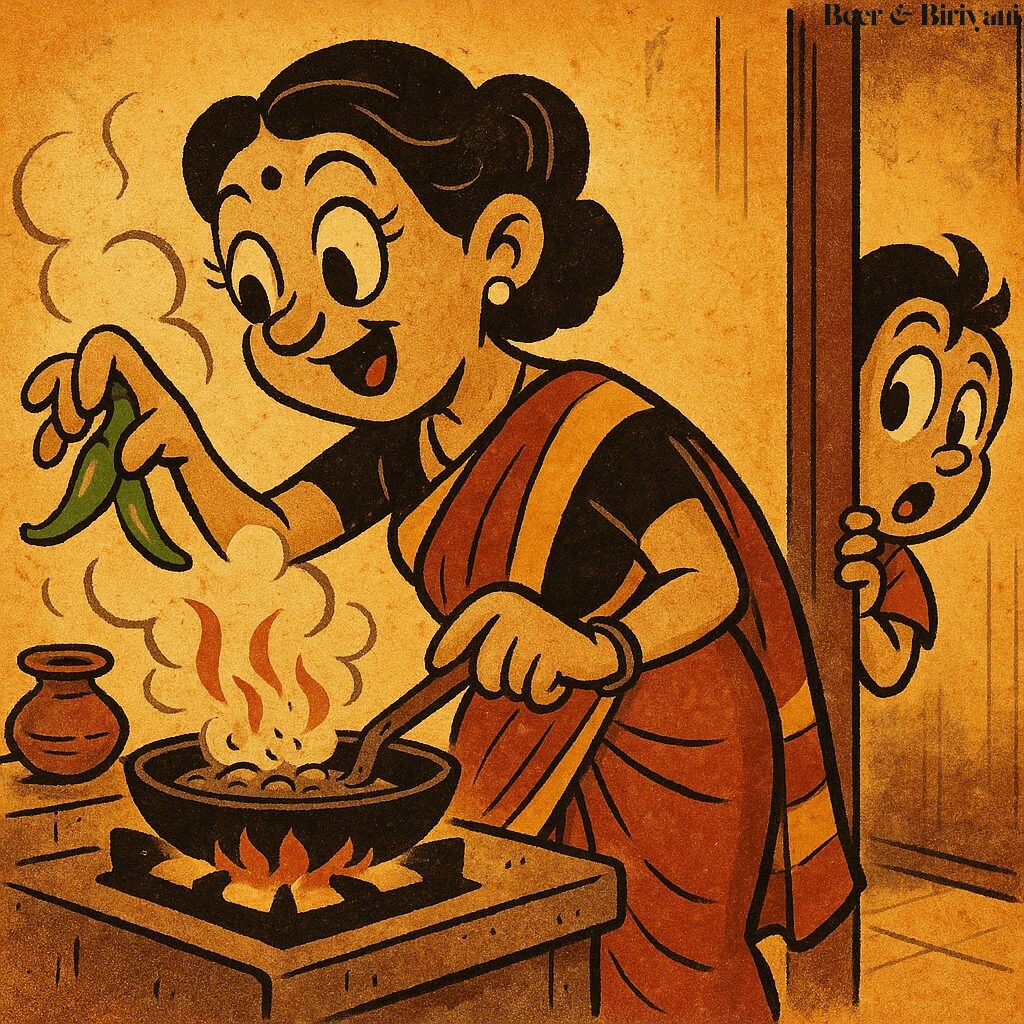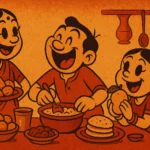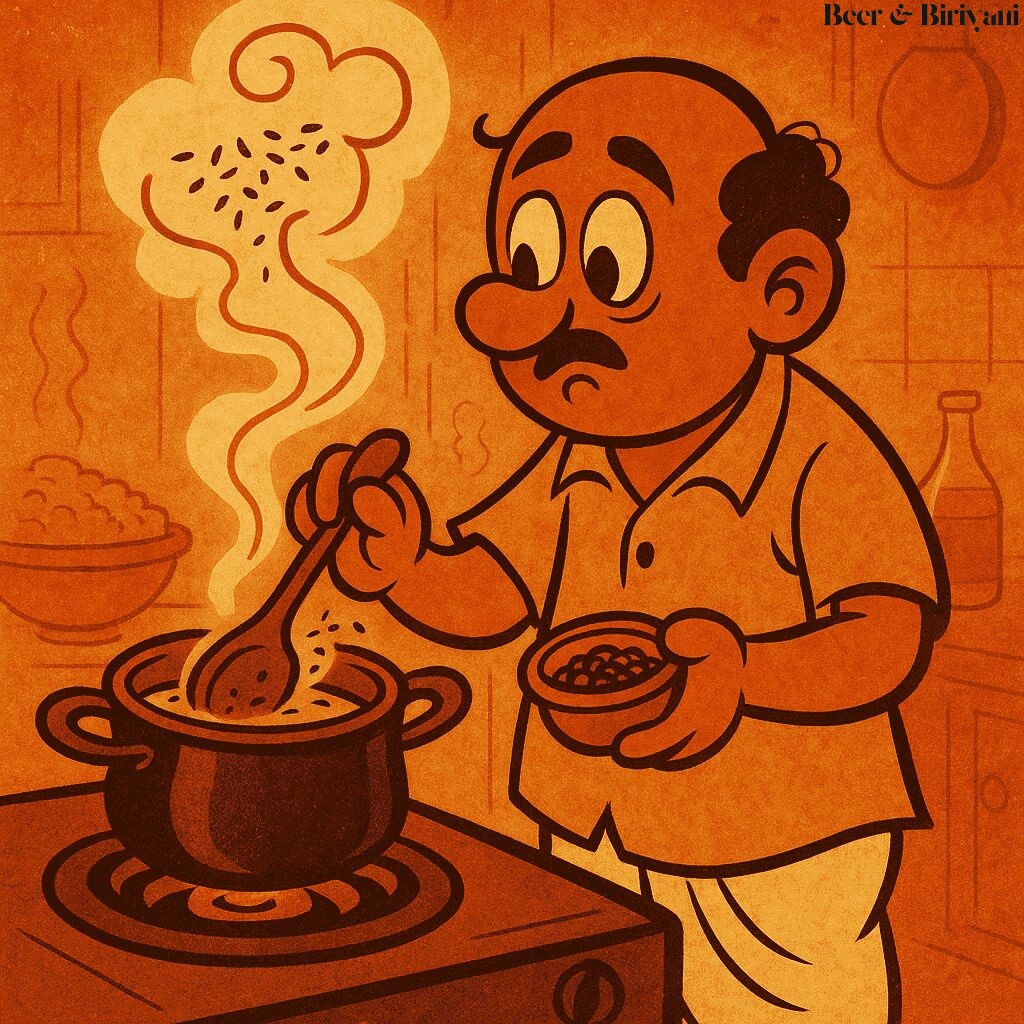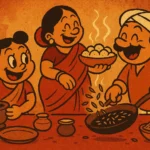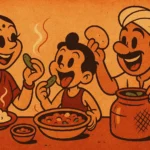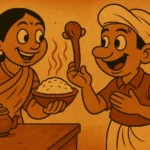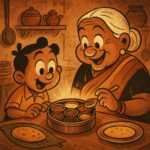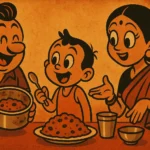When people say Indian food is “spicy,” they usually mean it’s hot. As in, tears-in-your-eyes, sniffles-on-your-shirt kind of hot. The kind of heat that makes your ears ring a little, that causes you to whisper, “So good…” while reaching for another bite—and maybe another tissue. But here’s the thing: for most of Indian history, it wasn’t like this.
India didn’t always eat like a dare. The chili—the fiery backbone of everything from mirchi bajji to lal maas—isn’t native to our soil. That heat we now claim with pride? It’s only a few centuries old. Before the chili came, we had pungency from black pepper, warmth from long pepper (pippali), and bitterness from mustard seeds. But the precise, blistering kick of chili? That came later, and slowly turned into a national obsession.
Arrival by Sea, Adopted by Fire
Chilies arrived in India sometime in the 16th century, carried on Portuguese ships from the Americas. The same colonial journeys that brought tomatoes, potatoes, and tobacco also smuggled in the little green and red devils that would come to define Indian cooking. It’s strange to think that something so intrinsic to our cuisine today—so entrenched it appears in wedding menus and temple prasad recipes—was once an import.
But oh, what an import it was. The chili caught on fast. It was hardy, easy to grow, and potent. In a land where flavors were already bold, chili didn’t disrupt—it enhanced. It played well with turmeric, coriander, and cumin. It built upon our love of contrast and balance: the coolness of curd, the sharpness of pickle, the heat of curry. Over time, the chili moved from guest to host.
Regional Love Affairs
Today, every region of India has its own unique chili culture. In Andhra Pradesh, they swear by Guntur chilies—brick red and searing. In Rajasthan, the mathania chili gives laal maas its deep hue and slow burn. In the Northeast, Bhut Jolokia (Ghost Pepper) redefines the limits of human tolerance.
But chili isn’t just about heat. It’s about complexity. Green chilies are fresh, grassy, and sharp. Dried red ones are smoky and sweet. Ground chili powder is an everyday pantry staple—but every home has their own lal mirch of choice, passed down like a family heirloom. The flavor may change slightly, but the intention never does: add fire. Add depth. Add memory.
The Chili Paradox
Here’s what’s funny: for all our bravado around chili—eating pani puri until we cry, bragging about the spiciest tandoori—most of us also spend a lot of time trying to manage the heat. We eat yogurt with our biryani. We chase chaat with limbu soda. We peel the chilies off our bhaji, but leave them in for flavor. We want the sting, but we want it with a hug.
That’s the beauty of chili in Indian cooking. It’s not there to dominate—it’s there to balance. Like a sharp comment from your favorite aunt, it cuts through the sweetness, clarifies the air, and then fades, leaving you warm and weirdly satisfied.
Chili and Identity
Somewhere along the way, chili became more than a spice. It became a symbol. Of strength, yes. Of regional pride, definitely. But also of adaptability. The way we took something foreign and turned it into heritage. A spice that came in through colonizers’ ships but ended up in grandmothers’ masala dabbas. That’s the Indian kitchen in a nutshell—absorbing, adapting, perfecting.
And now, when I cook here in Austin, my chili jar is as important as my cumin. I use it differently depending on the day. Sometimes I add it to oil for tempering. Sometimes I roast it with garlic. Sometimes it’s just one green chili in the corner of a curry, quiet but necessary. Each time, I remember home. Not just the physical kitchen, but the journey—the long arc from unknown to unforgettable.
So Much More Than Heat
The chili doesn’t just burn. It reminds. Of street snacks and school lunchboxes. Of wedding feasts and leftover pickles. Of that time you tried your first mirchi vada and pretended it didn’t hurt. Of sweaty foreheads and second servings. Of taste that pushes, then pulls. That dares you—and then welcomes you back.
Because in India, chili isn’t a dare. It’s an embrace with an edge.
Born in Mumbai, now stir-frying feelings in Texas. Writes about food, memory, and the messy magic in between — mostly to stay hungry, sometimes just to stay sane.

